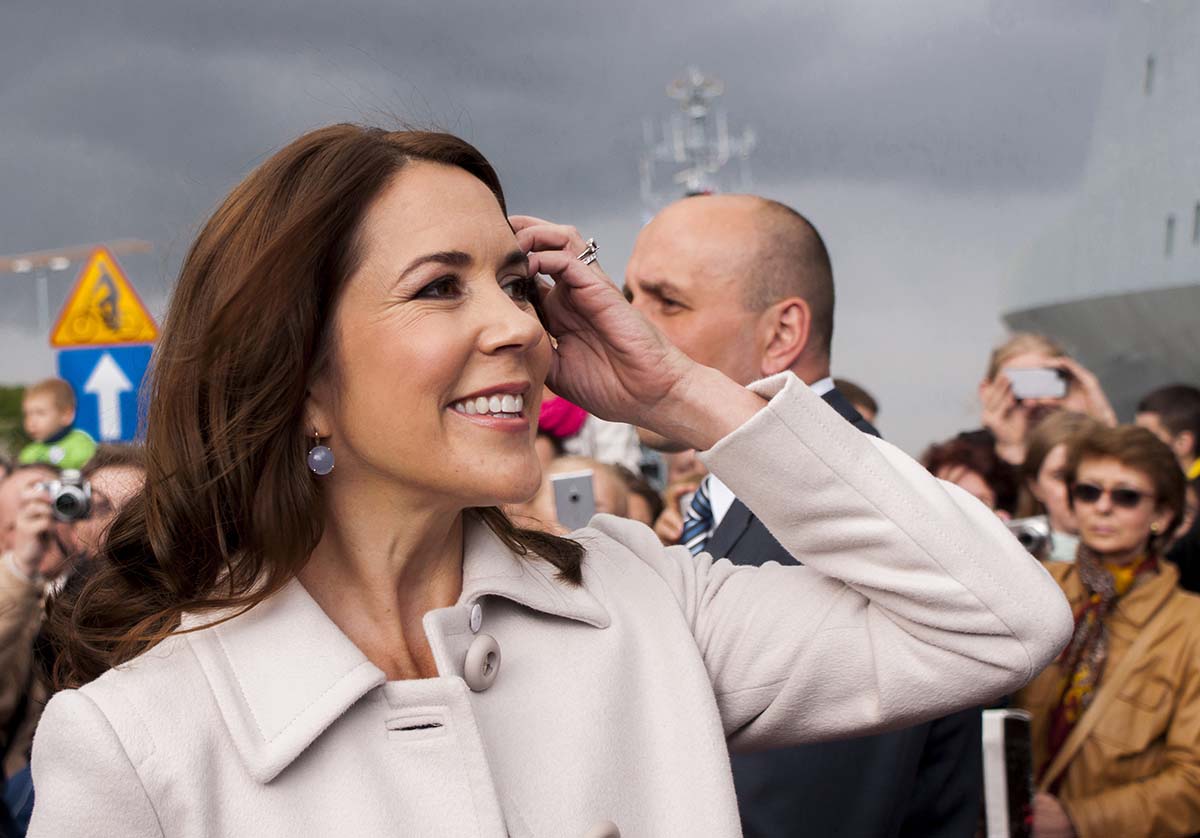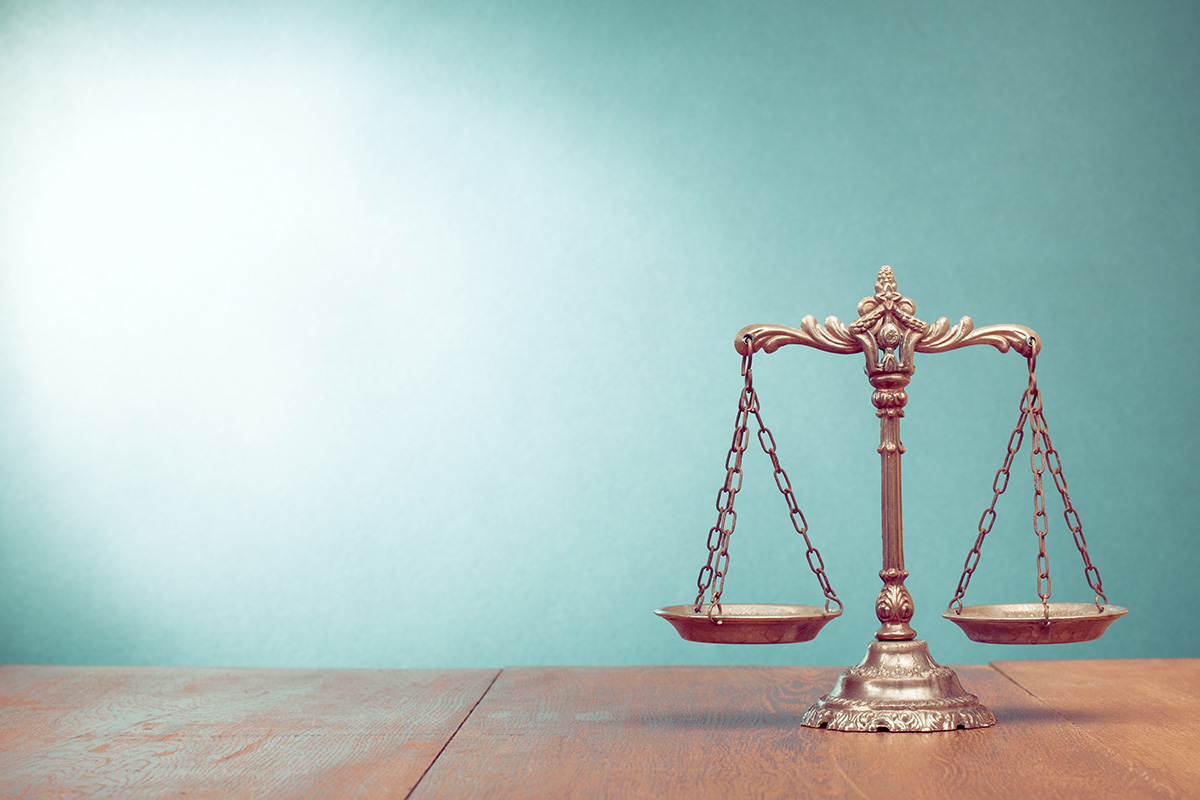Accession of Australian-born Queen to Danish throne reignites Australia’s Republican debate
January 17By Cody Mitchell
It may seem unlikely that the accession of a new monarch in a foreign country with no legal connection to Australia would reignite Australia’s long-running Republican debate. But that is exactly what happened on Monday.
On 15 January, this Monday, the 83-year-old Queen Margrethe II of Denmark quietly abdicated her throne in favour of her son, the new King Frederik X, following a 52-year-long reign.
But while there is no legal link between the Australian Monarchy—led by His Majesty King Charles III—and that of Denmark (indeed, Denmark is not even a Commonwealth nation), the recent accession is of interest to Australians for another reason.
Standing with King Frederik X, dressed in a simple but regal white dress, was his wife, the Australian-born Queen Mary.
The Australian newspaper spoke with a retiree who had flown with her granddaughter from Brisbane to witness the occasion: “It’s just exciting that an ordinary person like us becomes a queen. It’s very exciting.”
But the event is not without its detractors in Australia.
The Australian Republic Movement capitalised on the occasion to push for Australia to ditch its own constitutional monarchy—a product of Australia’s historical and constitutional connection with Great Britain.
In what The Australian labelled a “bizarre” statement, released on Monday, the group said the ceremony was the “stuff of medieval fairytales” and was inappropriate for “modern representation”.
Strangely, just hours before the statement was published, the co-chair of the Australian Republic Movement, former Olympian Nova Peris, made comments that appeared to undermine the fresh push by her own organisation for a referendum on the Republic.
Drawing on the experience of the recent failed Indigenous Voice referendum, Peris argued that there is no way a referendum to change to a Republic would succeed as long as there was a “No” campaign.
“We need a campaign where everyone says yes [to the Republic],” she said in an interview with The Australian.
Although Australia’s Labor Government supports the transition from the Constitutional Monarchy to a republic—going so far as to appoint an Assistant Minister for the Republic—popular support for the status quo remains high—especially for the next generation of British Royals, Prince William and Princess Kate.
For many Australians, a constitutional monarchy provides not only a welcome reprieve from the bitter, angry and divisive nature of partisan politics—delivering instead a degree of stability and continuity. It also represents an important dimension of Australia’s constitutional and cultural history, in particular the English institutions, laws and values that have shaped it.
While the calls for an Australian Republic aren’t going away anytime soon, it appears that the Monarchy itself is here to stay—at least for the foreseeable future.






